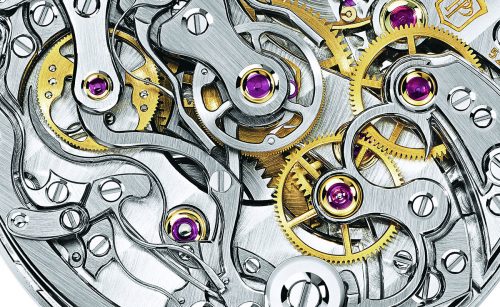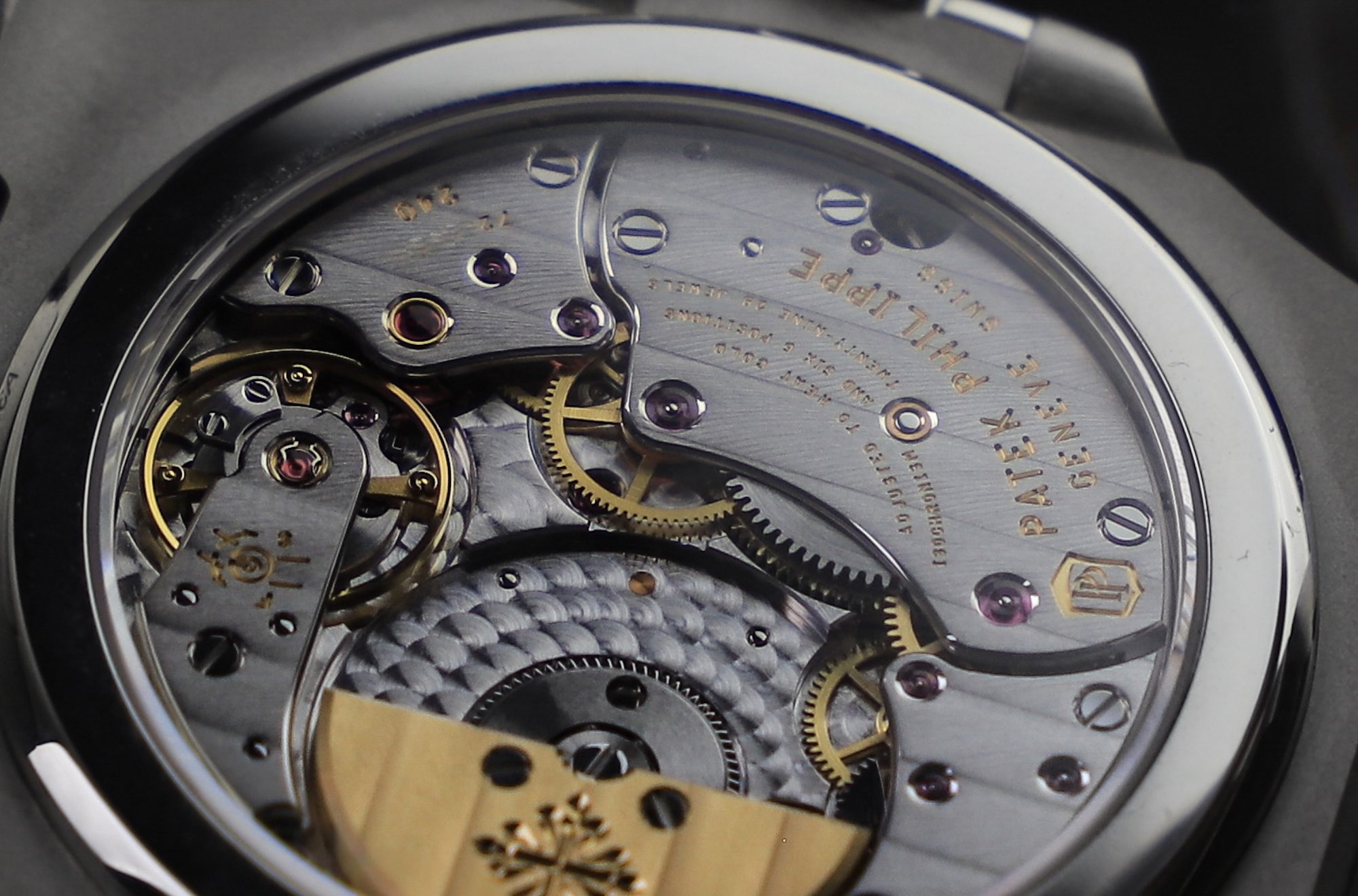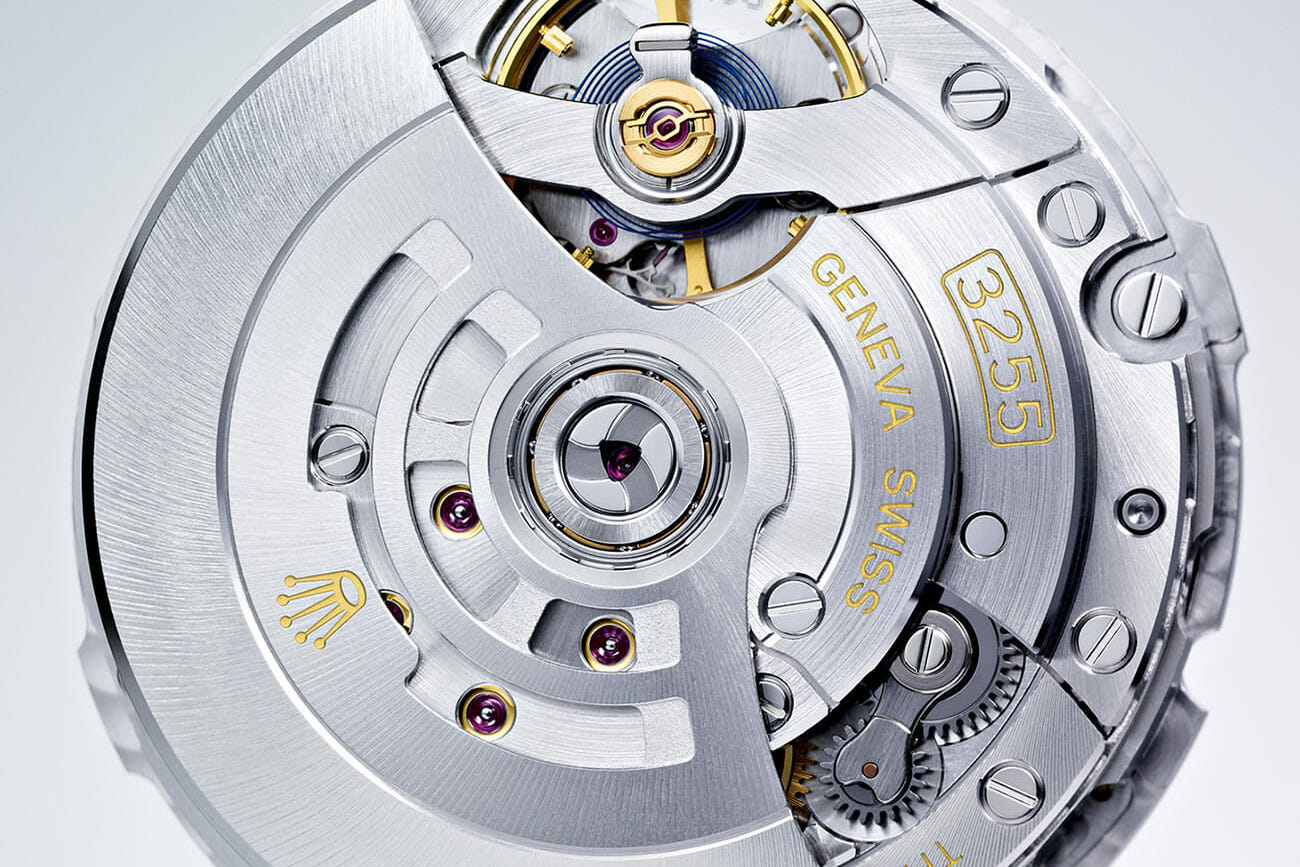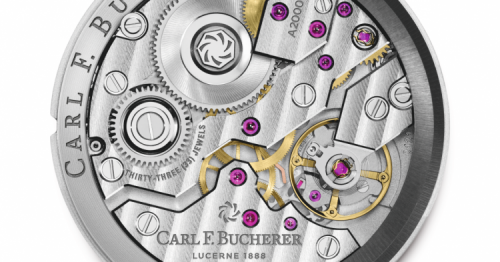
What are Jewels in Watch Movements?
What are jewels in Watch movements?
Why are there jewels in watch movements? Is it for decorating the movement, or does it have any practical benefit? Are the jewels worth anything, and do these contribute to the value of a movement?
In this article, we are looking closer at jewels in watch movements.
What are jewels in watch movements?
The jewel in movements is actually bearings. The jewel bearing is a plain bearing in which a metal spindle turns in a jewel-lined pivot hole. Normally, the hole in the jewel bearing is shaped like a torus and is slightly larger than the shaft diameter. The big news is perhaps that jewels are mostly synthetic sapphire. In some cases ruby (corundum). The jewels you can see in watch movements are usually red/pink in color.

The jewel bearings are used in mechanical movements for parts that have a lot of friction.
Jewel bearings for watches were invented in 1704 by Nicolas Fatio de Duillier, Peter Debaufre, and Jacob Debaufre. This trio received an English patent for the idea. At first, natural jewels were used, such as diamond, sapphire, ruby, and garnet, but the problem was that these things are expensive, and thus makes watches expensive as well.
Today, the jewels are friction-fit into main plates and bridges. This process began around the 1930s, as prior, jewels were “rubbed in” to a brass setting. The problem with this is that this style of jewel setting demands time and effort in order to replace them.
Modern watch jewels, on the other hand, can simply be pressed in and out with ease.
But in 1902, Auguste Verneuil invented a process to develop synthetic sapphires and rubies. This made the accessibility to jewel bearings much better, and also made them cheaper. Today, almost all jewels used in watches are synthetic ruby or sapphire. Back in the day, jewel pivots were made by grinding using diamond abrasive. However, today, jewel bearings are normally made using high-powered lasers, chemical etching, and ultrasonic milling.

Benefits of watch movement jewels
The jewels in watches have several advantages. First off, they are small in size and have low weight, yet still, they have low and predictable friction. The material also has good temperature stability which is important in places in a movement where there is a lot of friction.
Furthermore, jewels can also operate without lubrication and in corrosive environments. They have low kinetic friction and highly consistent static friction. To give some perspective, the static coefficient of friction of brass-on-steel is 0.35, while that of sapphire-on-steel is 0.10–0.15.

The jewel bearings are both hard and durable, and they can retain their smoothness over decades of use. This is important for watch movements, as it reduces friction variability and ultimately means that movements don’t need to be serviced as frequently. When manufacturing pivots for train wheels and balance staffs, tolerances are generally 5 microns on either side of the actual number. This equals 0.005 of one millimeter, so this gives us some context as to how small numbers we are talking about and how great of accuracy is necessary.
More about jewels in watches
Jewel bearings are most actively used for mechanical wristwatches. Back in the day, watch manufacturers wrote the number of jewels used on the watch face or on the case back, but now, you will almost only find it engraved on the movement, which you can’t always see depending on the watch.
Manufacturers wrote the number of jewels used on the dial, partly as a marketing point. Jewels sound exclusive for obvious reasons, and frankly, they were when they were not synthetic. But today, jewels in watches are essentially worth nothing. But it can be seen as a promotional strategy from the Swiss to make it sounds even more exclusive and luxurious.

But another discussed reason why manufacturers wrote the number of jewels on the dial was because of export regulations of fine jewels, in particular to the US. While the laws were focused on jewelry, they were not defined enough which meant they also included watch jewels.
A standard time-only mechanical watch normally has 17 jewels: two cap jewels, two pivot jewels and an impulse jewel for the balance wheel, two pivot jewels and two pallet jewels for the pallet fork, and two pivot jewels each for the escape, fourth, third, and center wheels.
Jewels are seldom used in quartz watches due to the fact that they are not needed most of the time. The timekeeper is a quartz crystal in an electronic circuit, so the accuracy of timekeeping is not dependent on the low friction of the mechanical parts.
The other major use of jeweled bearings is insensitive measuring instruments. They are typically used for delicate linkages that must carry very small forces, in instruments such as galvanometers, compasses, gyroscopes, gimbals, dial indicators, dial calipers, and turbine flow meters. Bearing bores are typically smaller than 1 mm and support loads weighing less than 1 gram, although they are made as large as 10 mm and may support loads up to about 500 g.

Does the number of jewels in a watch equal value?
There is a big myth and misunderstanding regarding watch jewels and their value.
As we have touched on earlier, jewels in watches today are more or less worthless. And the reason for this is that they are synthetically made.
Due to the name ”jewels”, people tend to take for granted that the movement has actual jewels, and thus believe that it has a high value. This also has to do with the Swiss manufacturers promoting jewels as something exclusive and of which you wanted as many as possible in the movement. It can also have to do with the fact that originally, real jewels were used, but that was many centuries ago.
Synthetic vs real watch jewels
As you know, the jewels used today are synthetic, and they are grown in a controlled environment as something called a boule which is the French word for a cone-shaped chunk of the material.
The ruby jewels which are used are milled, sawed, and polished into the desired shapes. Due to the hardness of the material, this process demands diamond-tipped tools and is also very time-consuming.
Synthetic rubies are better both because they are cheaper than actual rubies and because natural rubies would have impurities called inclusions that made them difficult to work with as a bearing jewel.
When the jewels are grown in a laboratory the grain in the jewel is minimal and they can be polished to perfection.





Although synthetic rubies are the most common jewels, sapphires are used too. They work just as well, they’re just not as common!
Very good post. I definitely love this site. Continue the good work!|
Very impressive guide about jewels, I really like the way you describe about it, it was awesome!
Jewels in watch movements are a very important part of the watch. Without them, the watch would not function. They can be made of a variety of materials, including gold, silver, and platinum.
Excellent informative and desrptive page.
Glad you found it helpful!
Kind regards,
Millenary Watches
Hello-
Where can one purchase replacement jewels to repair watches? Your guidance will be appreciated.
Hi,
There are several websites that are dedicated to selling watch movement parts. Also, you may be able to find them on sites like ebay and Chrono24.
Kind regards,
Millenary Watches